The National Museum of Korea recently released a treasure trove dating back to the two kingdoms, including an array of more than 230 recently excavated artifacts. The museum’s permanent exhibitions on the two kingdoms display a total of 770 pieces and trace the history that the two kingdoms left behind.

The Balhae Gallery at the National Museum of Korea retraces the course of Balhae history.
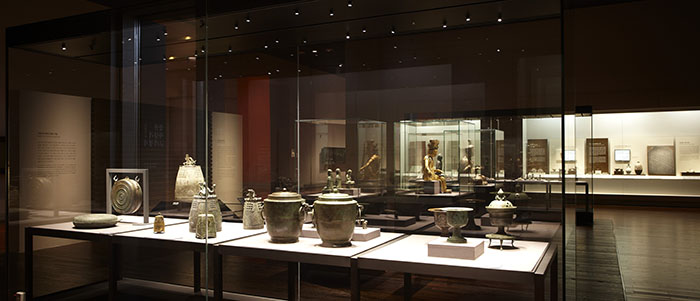
The Goryeo Gallery allows visitors to see first-hand remains from Goryeo times.
The Balhae Gallery brings to life the history and traditions of Balhae, an important unit of Korea’s North-South States period from the late seventh to early tenth centuries. A collection of Balhae artifacts brought together here at the museum spotlight the kingdom across three themes: the legitimacy of Balhae rule; the capital, royal authority and governance of Balhae; and, the flourishing Land of the East, Balhae, and its neighbors.
Artifacts here show the way in which Balhae was a kingdom descended from Goguryeo (37 B.C.-A.D. 668) and, also, focus on the distinct characteristics and universality of Balhae traditions.
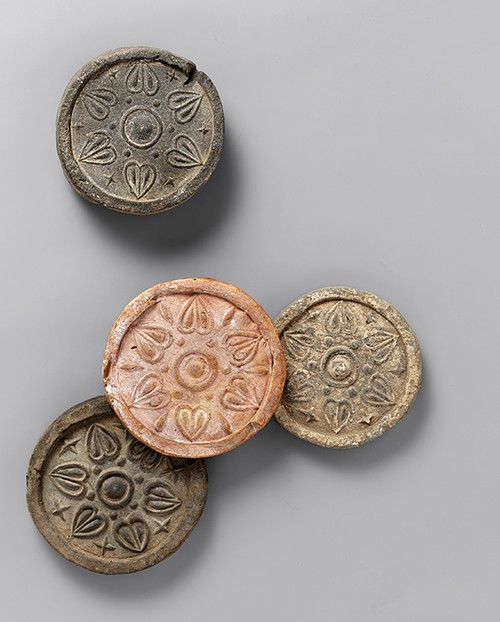
Building materials used as part of a roof, called wadang (와당, 瓦當) in Korean, date back to Balhae times (A.D. 698-926).
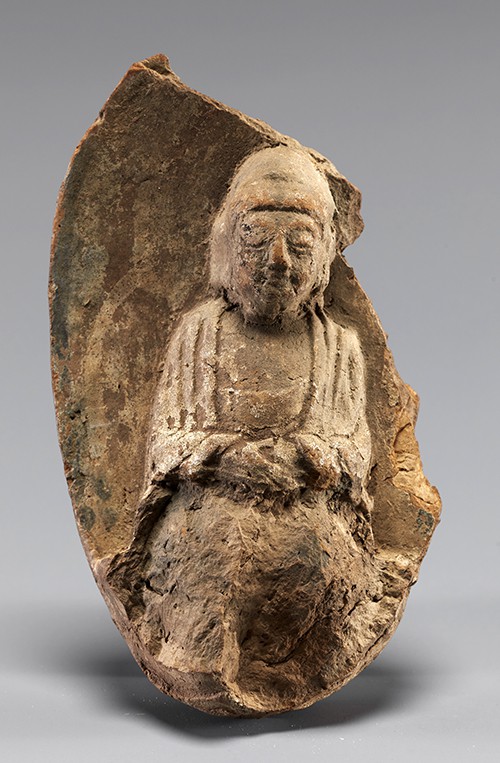
A Buddhist statue from Balhae (698-926) is made out of clay.
The Goryeo Gallery sheds new light on cultural aspects of Goryeo, a dynasty founded by Wang Gun (877-943) in 918 when he rallied together local clans and designated his birthplace, Songak, currently Kaesong, as the new capital.
A set of exhibits featured in the gallery compares traditions, art and religions that flourished in the capital with those from other areas, giving a glimpse into how people from various classes lived during the 900s-1300s.
There is a box inlaid with mother-of-pearl, works of celadon, jewelry and jade accessories excavated in and around Kaesong. These treasures allow people to understand the luxurious and sophisticated way of life enjoyed by the aristocracy. Meanwhile, a metal, seated Amitabha Buddha (철조 아미타불) and other relics discovered in local areas show a folksy and distinctive beauty in the local traditions and art styles.
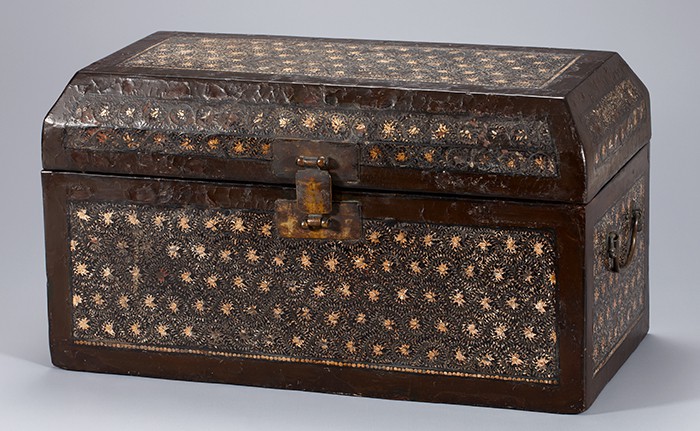
A box inlaid with mother-of-pearl comes from Goryeo (918-1392).
Visitors to the museum can also learn about social transitions through which the dynasty had to go in the wake of constant invasions from the Mongolian Yuan Dynasty. Museum-goers can witness the thriving of Buddhist art, too. The museum has unveiled two Suwolgwaneumdo Buddhist paintings that people can see closeup.
During Goryeo times, there were special manufacturing sites, so (소, 所), where certain products were made, such as celadon kilns in Sadang-ri, Gangjin, Jeollanam-do Province, and the Dain steel mill in Chungju, Chungcheongbuk-do Province. The museum exhibition shines a spotlight on some of the artifacts and ironware manufactured at those sites. In addition, a series of incense products and bronze incense burners will give a hint at how ritual ceremonies and state rituals were performed in those times.
Finally, there are visual exhibits, too, including animated films that chronicle Goryeo’s territorial expansions. Museum-goers also can flick through visual images of Goryeo remains that were excavated at a soccer field-sized plot in Sangdae-dong, Daejeon-si, by touching a large-screen monitor. Other images show the Goryeo and Mongolian Yuan army and ships invading Japan, and also metal and woodblock printing methodologies that were in use at those times.
By Sohn JiAe
Korea.net Staff Writer
Photos: The National Museum of Korea
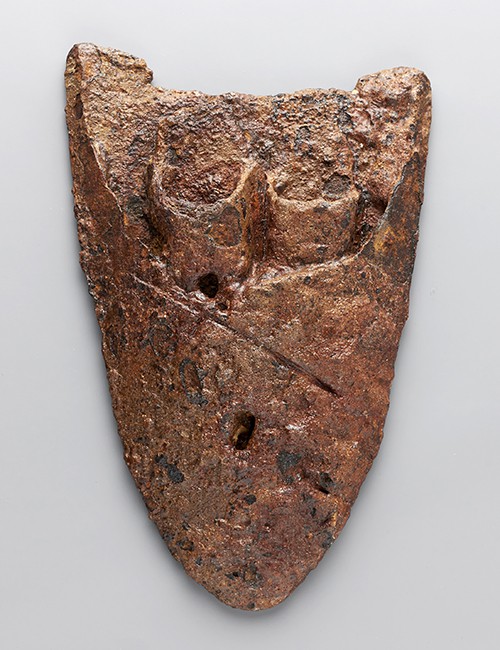
An iron plowshare discovered at the Dain steel mill in Chungju, Chungcheongbuk-do Province, is currently on display at the National Museum of Korea. Dain was the biggest iron producing area of Goryeo.
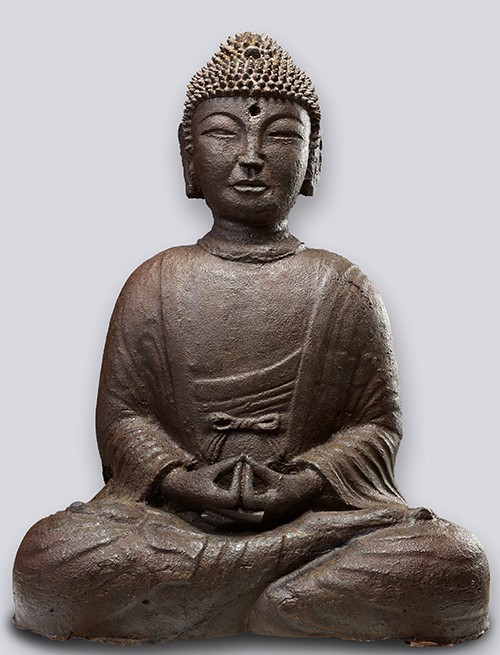
A metal, seated Amitabha Buddha statue from Goryeo, excavated in Wonju-si, Gangwon-do Province, is currently on display at the National Museum of Korea.






![[102nd March First Independence Movement Day] American journalist’s Seoul home to be opened to public](https://gangnam.com/file/2021/03/usr_1614255694426-218x150.jpg)
















